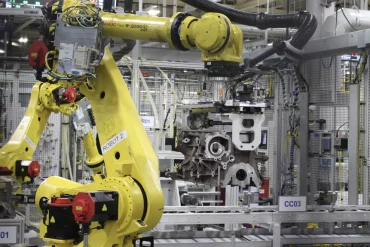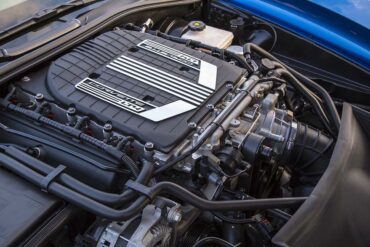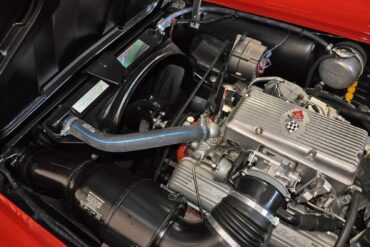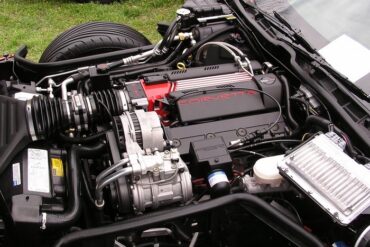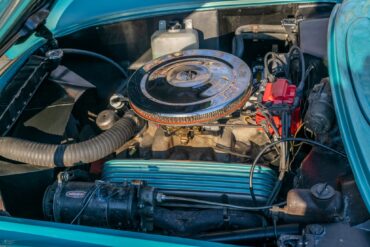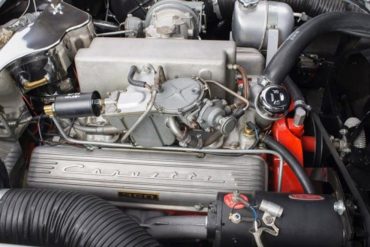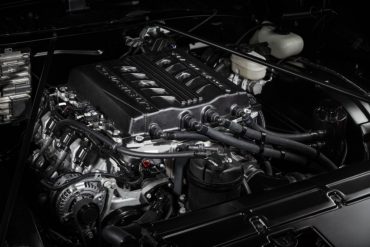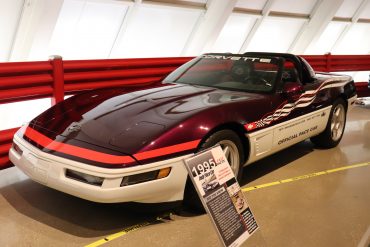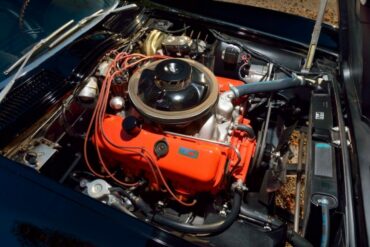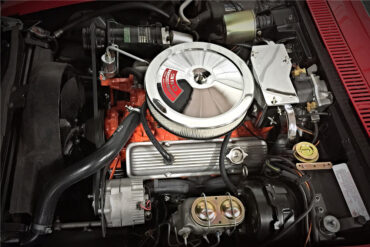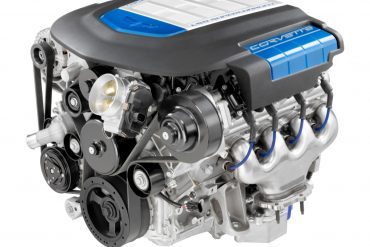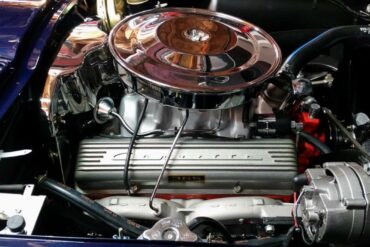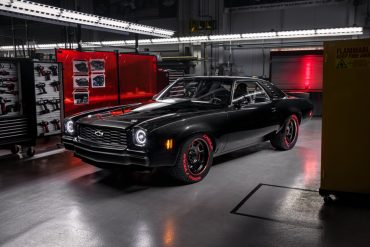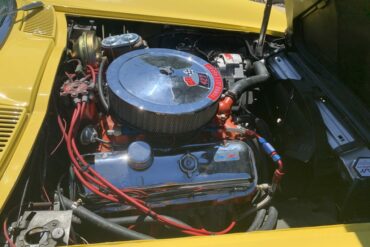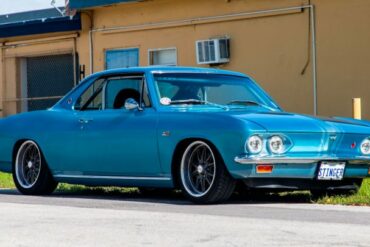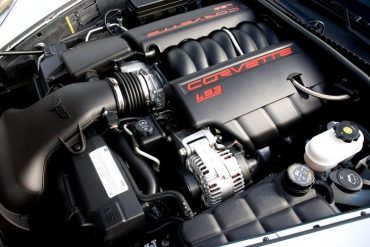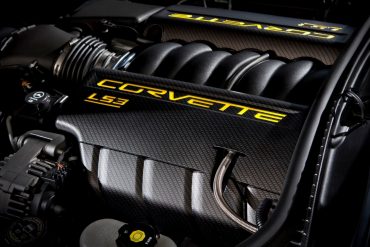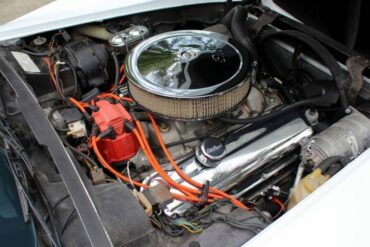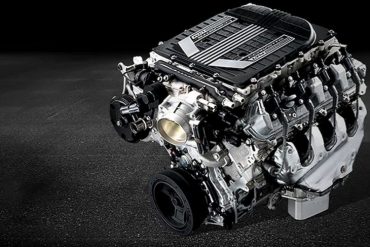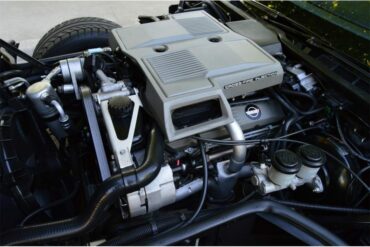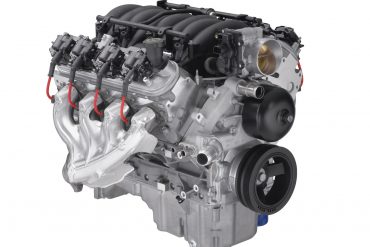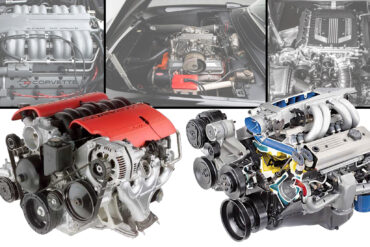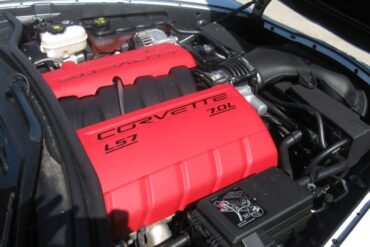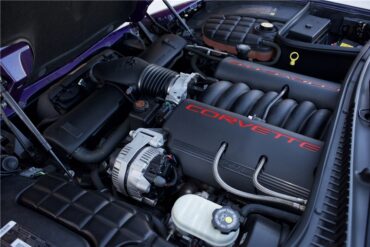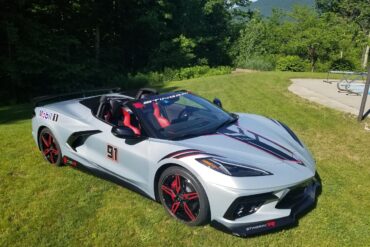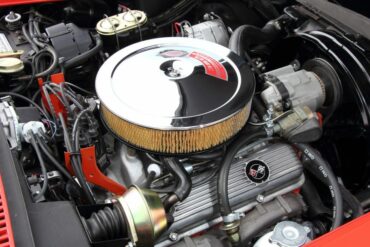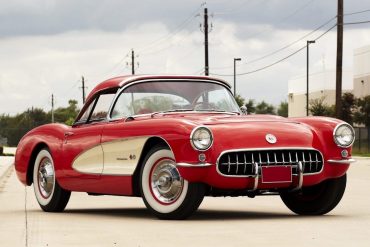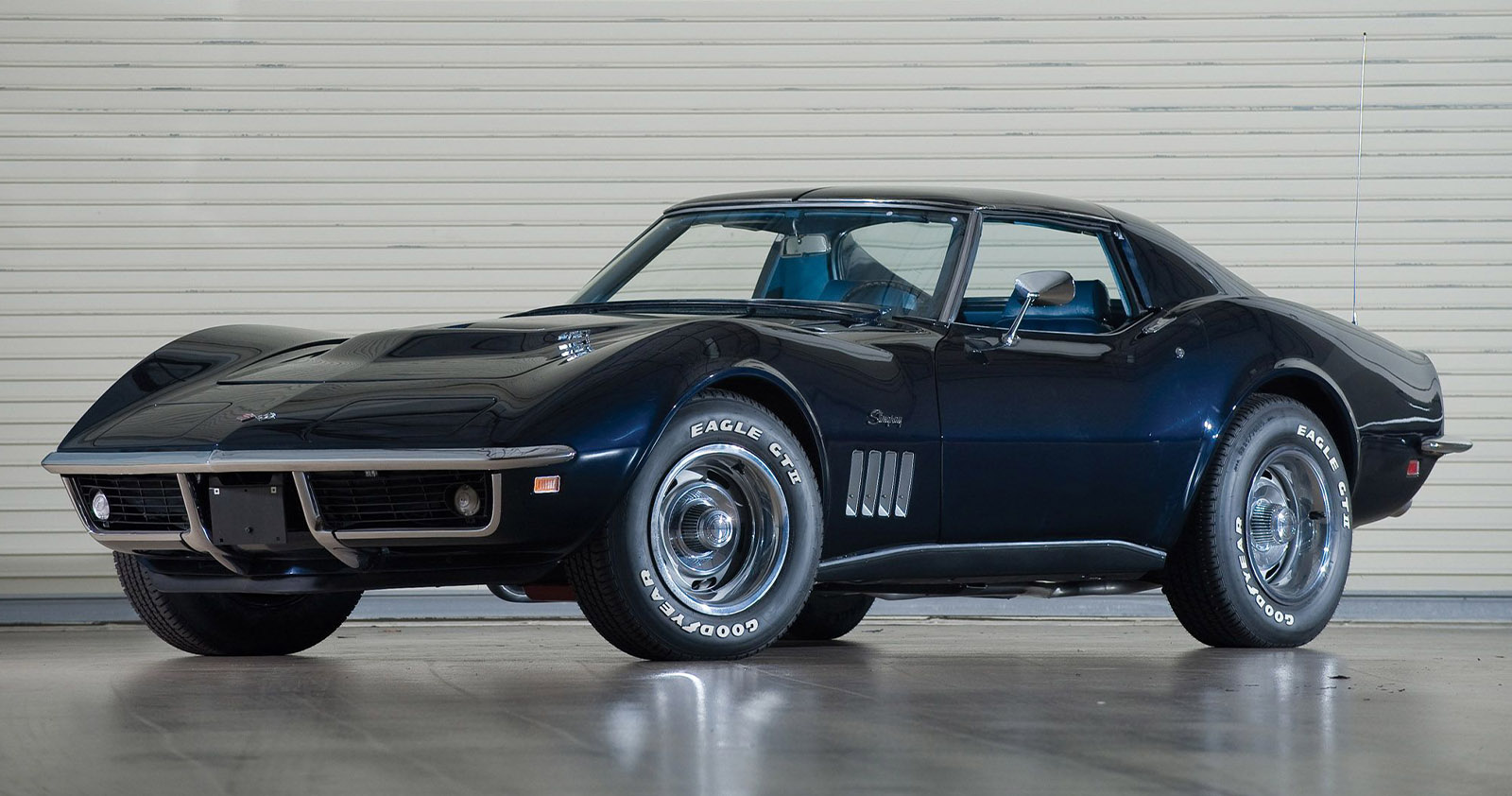There’s been so much static trying to get dialed in on the power plant for the next-generation corvette, that this...
Many consider the Corvette’s seventh generation to be when GM’s iconic car finally came of age. It was during this time that the Corvette made some of its most extensive performance gains on the road and in racing. These performance gains can be attributed to the development in engine technology during the C7’s production run. The Corvette was offered with several available powerplants, all of which were potent.
In under a decade, GM’s small-block received a substantial boost in displacement while also becoming the standard-bearer for several new internal developments in engine technology. These developments ultimately produced a new crop of small-block powerplants based on Chevrolet’s new 327 cubic-inch engine platform. Of the four 327 cubic-inch small blocks available in 1964, none topped the output of the fuel-injected L84 V8.
GM ultimately decided to postpone the release of their fifth-gen Corvette, largely due to budgetary constraints. However, the development of a new powerplant for the aging C4 Corvette was greenlighted nonetheless. This engine carried the LT1 designation, and prove quite capable. The 1992 LT1 would serve as a bridge between GM small-block development.
Each Corvette engine is meticulously refined to the point of near-perfection before being greenlit for production. This tradition dates back as far as the Corvette itself—taking root in pre-production efforts of 1952-1953, with the development of the "Blue Flame" inline-six. Amazingly, less than a decade later, consumers could choose to have their Corvette equipped with a 327CI fuel-injected V8.
Introducing the Tremec TR-9080 DCT Automatic Transmission Unless you’ve been living off the grid, or just have an utter lack...
As efforts turned toward bringing the C2 Corvette to market, GM’s engineering staff envisioned a larger, more robust addition to their already popular Turbo-Fire V8 lineup. This engine would make its debut under the hood of the 1962 Corvette, further bolstering the line’s power and performance-related attributes.
At the heart of the ZR1 Corvette resides the supercharged 6.2L LT5. GM’s engineering department was also tasked with producing the ZR1’s engine, which would have to perform at a higher level than that of the Z06’s supercharged LT4 small-block. The 755 HP supercharged LT5 would elevate the Corvette’s performance to a level never before achieved.
Throughout the years, GM has produced nearly as many iconic engines, as the Corvettes that they have placed them in....
No list of formidable Corvette engines would be complete without including the 1967 L88. The L88 was a fire-breathing variant of GM’s 427 cubic-inch big-block lineup, which served as nothing short of a production race engine. Officially rated at 430 HP, the L88 was capable of propelling its C2 host to previously unattainable performance status. The L88 was nothing, if not a loosely veiled production race engine.
The 350ci V8 was actually a further extension of GM’s decade-old small-block engine series. In a bid to further cement the Corvette’s performance legacy, subsequent modifications to these earlier engines were made, thereby giving birth to one illustrious platform. It would serve as a mainstay of the Corvette line for over three decades to come.
Most would agree that the Corvette’s no holds barred approach to performance excellence is high up on the list of...
The 265 cubic-inch small-block served as the jumping-off point for further engine development. Chevrolet spent the following decade perfecting their earlier small-block, which eventually grew in displacement and became a testbed for early fuel injection technology. Further progress was made in 1964, with the release of the L76 V8. This potent small block proved quite reliable while dishing out more than enough horsepower.
The Massive Powerplant Behind the New ZR1 Is About To Be Available as a Crate Engine! Chevrolet has always produced...
Now that the 2023 Corvette C8 Z06’s 5.5L LT6 engine has been revealed with its specifications, it has already been...
The Corvette is America’s darling, a beloved sports car that’s been around for almost seven decades. Its ‘cult car’ status...
Upon its 1953 release, America’s sports car mustered only 150 HP, yet in 1966, the newly evolved Corvette nearly tripled this level of output. It was in 1966 that the Corvette was offered with not one, but two different variants of the robust 427 cubic-inch (7.0L) V8. In its most potent form (L72), the 427 officially produced 425 HP. However, most believe this value to be grossly understated.
A Corvette-Powered 1965 Corvair Heads to the Auction Block While it may be hard to imagine today, the Chevy Corvair...
Upon the LS3’s release in 2007, this trend toward continual technological advancement was clearly evident. As the new power plant for the standard 2008 Corvette, the LS3 provided consumers with exactly what they had been craving, unsurpassed performance. With every reiteration, the LS small-block has become more powerful, efficient, and robust.
Corvette Engine Wallpaper Collection We have curated the ultimate collection of the best Corvette Engine Wallpapers and HD backgrounds for...
Was the 454 cubic-inch LS4 one of General Motors’ most powerful big-blocks? Absolutely not. However, it is historically significant nonetheless. The LS4 served as the end of the road for the big-block Corvette, as America’s sports car returned to its small-block roots. Today, many collectors seek out LS4 equipped Corvettes.
The LT4 engine has always been synonymous with high-performance. Introduced by General Motors in 1996, the LT4 was specifically designed as a more powerful variant to the next-generation LT1 engine previously introduced by GM in 1992. The LT4 small-block is a modern marvel, packing 600+ horsepower into a compact and affordable package.
The C4 Corvette debuted to a frenzy of publicity and would ultimately enjoy a lengthy run, spanning 13 years of production. During this period, GM installed a number of memorable powerplants. Many of these engines proved to be quite innovative in design, even when saddled with newly-mandated emissions equipment of the era. The following is a comprehensive guide to powerplants of the C4 era.
The LS1 is the spiritual successor to the “small block V8” that GM uses in rear-wheel-drive cars, trucks, and vans. It was introduced in 1995 as the “GEN III” engine and it only shared rod bearings, lifters, and bore spacing with its predecessors (which was in production 1955 until 2003). Little did GM expect for the LS1 has become a legend.
The Best Engines Chevy Has Dared to Stuff Under the Hood of a Corvette Over the Decades Behind every iconic...
In 2013, a revelation of sorts took place within the Corvette world. General Motors unveiled a “best of both worlds'' type offering, which paired the C6 Corvette, in its convertible form, with an indisputably fearsome powerplant. Beneath the Corvette’s hood, sat a 427 cubic-inch small-block, which carried the LS7 designation.
When the C5 Corvette was finally unveiled critics were quick to notice a thundering new powerplant. It carried the LS1 designation, serving as the C5 Corvette’s base engine for the duration of the production run. Ironically, the C5 Corvette would only ever leave the factory with one of two individual engines. This included the aforementioned 5.7L LS1, as well as the all-powerful 5.7L LS6, which powered the C5 Z06.
When it was first revealed, it is well known that the Corvette C8’s styling was a radical departure from previous...
The LT-1 served as a revised version of GM’s famed 350 cubic-inch platform, and is often heralded as one of the manufacturer’s most beloved small-block powerplants. Though quite legendary in status, the LT-1 was rather obscure and short-lived during its production run, only produced for three years (1970-1972).
Though the 283 cubic-inch V8 seldom receives its share of attention in a world dominated by LS and LT series engines, this early Chevrolet small-block was ahead of its time. The 283ci showcased a plethora of new and innovative tech, and highlighted the engineering prowess of legendary Corvette luminary, Zora-Arkus Duntov.


